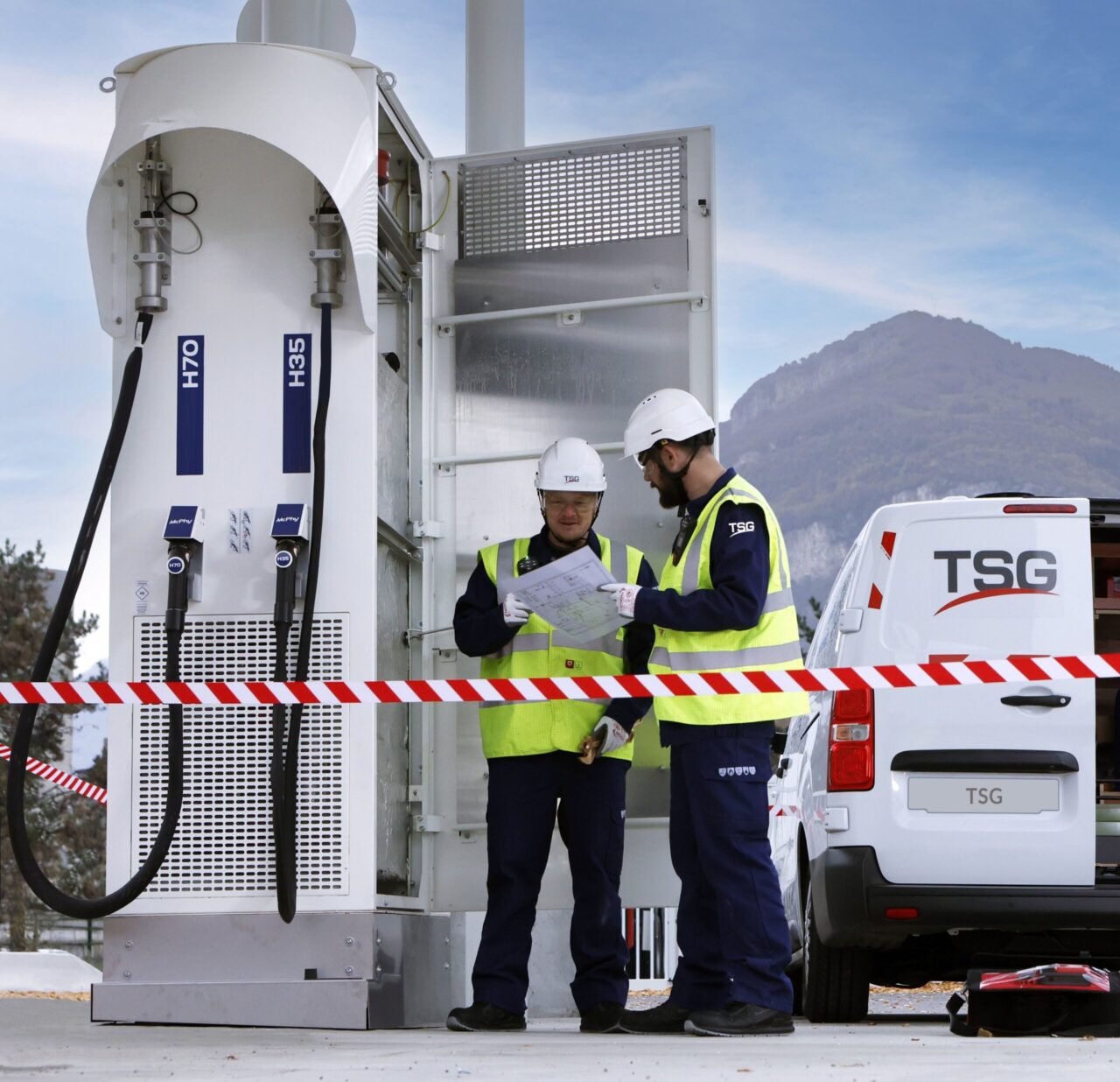UK Emergency Services – Blue Lights, Green Energy
The UK’s emergency services comprise three main government agencies, the Police Service, the Fire and Rescue Service and the Emergency Medical Services. The Home Office governs the Police and Fire Services, whilst the Department of Health controls the National Health Service, and by extension the ambulances.
These critical services operate around the clock to ensure public safety, security and health by providing urgent assistance to those in need. As such, each service relies heavily on its emergency and incident support vehicles being in tip-top mechanical condition at all times. For decades, fire engines and ambulances have been powered by diesel, while the police force operates a mixed fleet of patrol cars and vans fuelled by either petrol or diesel.
However, the government’s commitment to its carbon-neutral policy is prompting the blue-light services to consider greener and more sustainable energy sources.
In recent times, all three emergency response operations have explored the possibility of switching to an electric fleet and as a result, there are now an encouraging number of all-electric fire engines, police vehicles and ambulances across the country. But is there another energy alternative, that would give the forces the performance and the speed they need, without the need to invest in new rolling stock?






